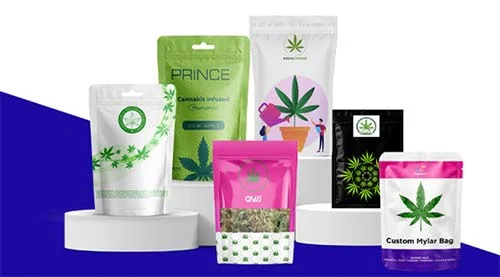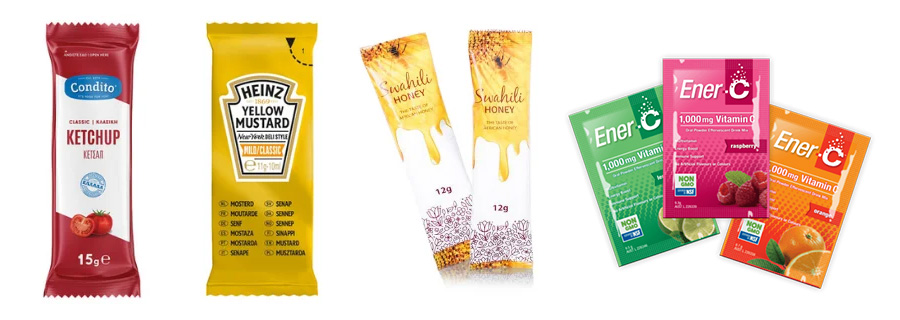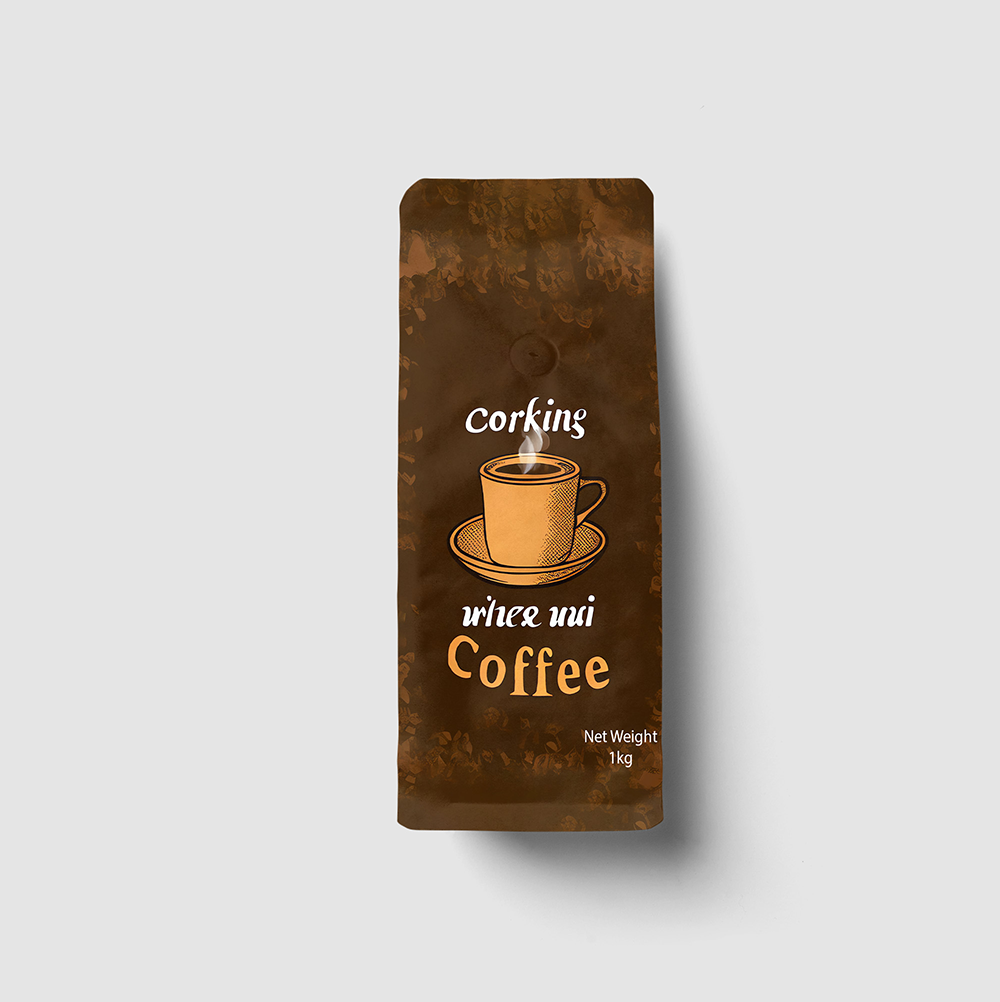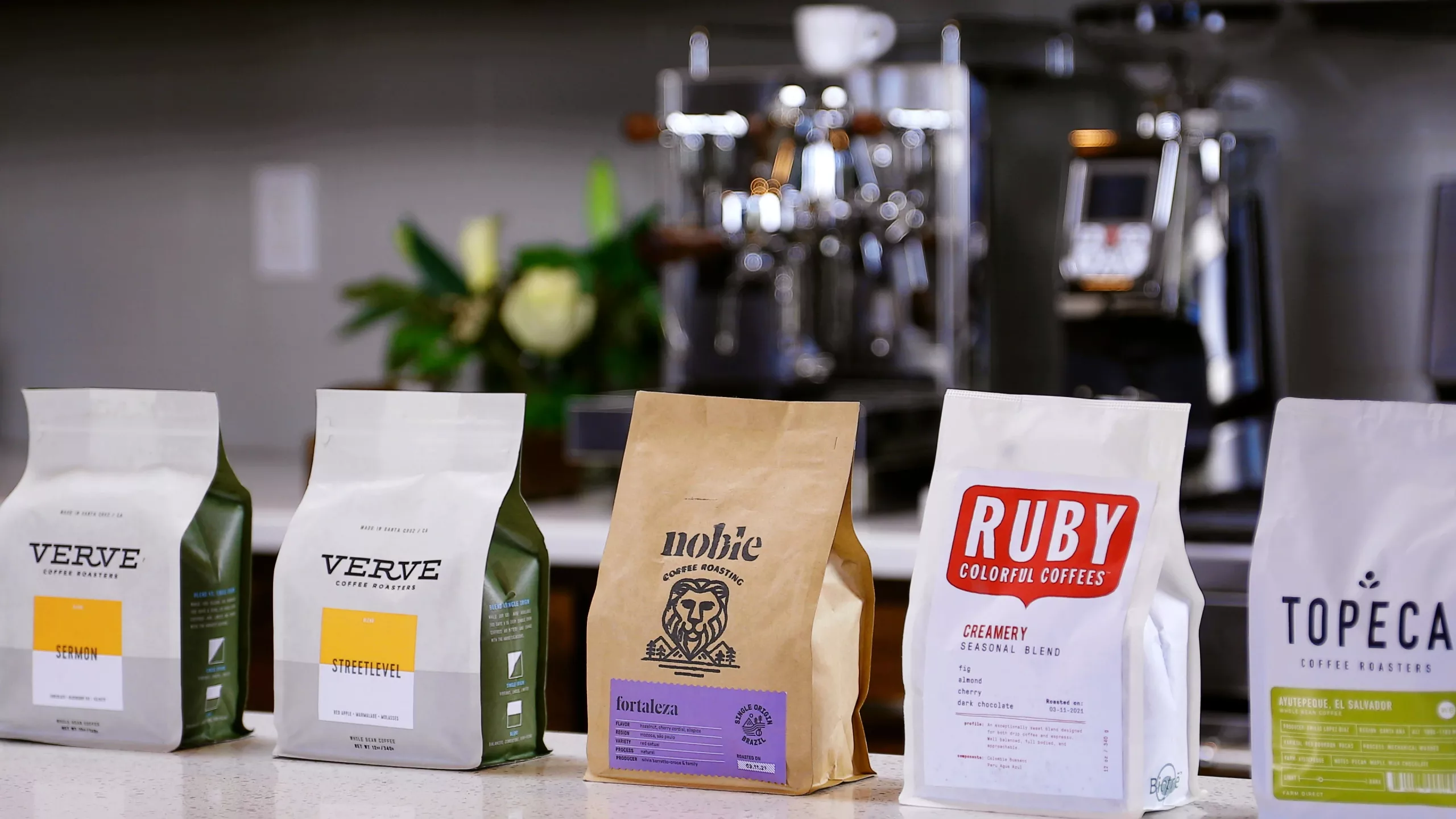In recent times, the go-green trend has brought sustainable packaging into the limelight. Among them, biodegradable coffee bags have emerged as highly talked-about “green” alternatives for both coffee consumers and businesses. But is this bag truly sustainable, or is its appeal partly manufactured via marketing buzz?
What is a Biodegradable Coffee Bag?
Biodegradable coffee bags are manufactured using materials that are supposed to degrade naturally under favorable conditions such as sunlight, moisture, and microorganisms. Unlike other coffee packaging made from plastic or foil, these bags are made from eco-friendly materials, including:
- Plant-based plastics, such as PLA or PBAT
- Kraft paper
- Compostable materials to international standards
The core idea is to reduce waste buildups in landfills by ensuring that the packaging decomposes much faster. However, their real environmental footprint needs a closer look.
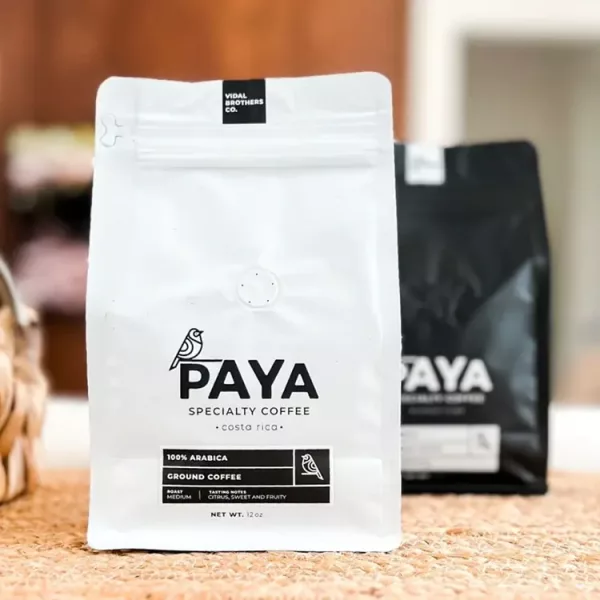
The Sustainability Appeal of Biodegradable Bags
Plastic Waste Reduction
Single-use plastic packaging is among the most polluting commodities on Earth. Biodegradable coffee bags present a clear solution for reducing dependence on petroleum-based plastics, making them a winning option for eco-sensitive brands.
Composting Benefits
When composted appropriately, biodegradable coffee bags can improve soil and foster agriculture by converting waste into nutrients.
Improved Brand Image
Selling coffee in eco-friendly packaging can help businesses meet the growing demand for green products. This provides a competitive advantage in a highly competitive marketplace.
Lower Carbon Footprint
Plant-based raw materials or biodegradable materials tend to have a lower carbon footprint during production compared to conventional plastics.
Challenges of Biodegradable Coffee Bags
Despite their environmental benefits, biodegradable coffee bags face several challenges:
Composting Infrastructure
Most biodegradable materials require industrial composting facilities with controlled temperature and moisture. Without such facilities, the complete decomposition of these bags may not occur.
Environmental Misconceptions
The term “biodegradable” can be misleading. In a landfill, where oxygen and sunlight are limited, even biodegradable materials may take years to break down.
Durability Concerns
Traditional plastic and foil-lined bags excel in maintaining freshness by protecting contents from air, moisture, and light. Biodegradable packaging may lack this level of durability.
Cost Implications
Biodegradable packaging typically comes with increased production costs, making it less accessible to small-sized businesses and cost-sensitive consumers.
How Biodegradable Coffee Bags Compare to Other Sustainable Options
Compostable Coffee Bags
While biodegradable and compostable are often used interchangeably, they’re not the same. Compostable bags decompose faster under specific conditions and leave no toxic residue.
Pros: Much lower environmental impact than a standard biodegradable bag.
Cons: Require strict composting conditions to break down properly.
Recyclable Coffee Bags
Recyclable bags use materials like aluminum or certain plastics that can be reprocessed into new products.
Pros: More recycling infrastructure exists than composting.
Cons: Not all coffee bags are fully recyclable, especially multi-layered ones.
Reusable Coffee Bags
Reusable packaging involves durable containers that are returned or reused by customers.
Pros: Drastically reduces waste.
Cons: Expensive and requires active consumer participation.
Making Biodegradable Coffee Bags Truly Sustainable
Informing Consumers
Brands need to educate consumers on the proper disposal of biodegradable coffee bags. Clearer labeling and composting information can enhance their environmental benefits.
Material Innovation
Ongoing research in bio-polymers and cellulose will ensure that biodegradable packaging becomes durable while remaining eco-friendly.
Collaboration with Waste Management Systems
Expanding industrial composting facilities will ensure that the use of biodegradable materials yields meaningful environmental benefits.
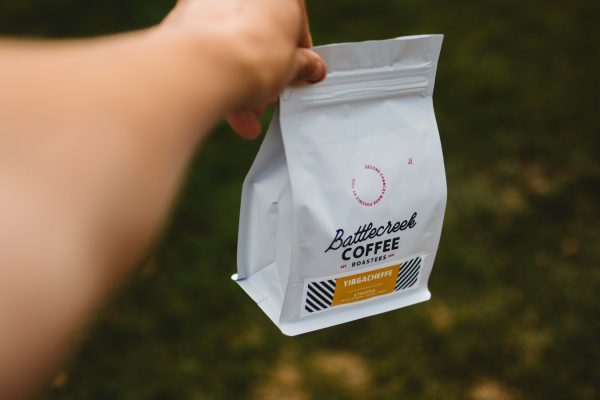
Alternatives to Biodegradable Coffee Packages
If biodegradable coffee bags don’t suit your coffee company, consider alternatives such as:
- Recyclable stand-up pouches with resealable zippers
- Minimalist kraft paper bags combined with eco-friendly labels
- Refill systems enabling customers to reuse containers
Each option has its pros and cons, so it is essential to align your choice with your brand’s priorities.
Why Consumers Love Sustainable Packaging
Consumers’ demand for sustainable packaging reflects deeper ecological awareness. Here’s why eco-friendly coffee bags resonate with today’s buyers:
- Environmental Responsibility: Reduces individual carbon footprints.
- Social Alignment: Aligns values with eco-conscious brands.
- Aesthetic Appeal: Sustainable packaging often conveys premium quality and craftsmanship.
Businesses embracing sustainability build stronger connections with these value-driven consumers, fostering greater loyalty.
Conclusion: Are Biodegradable Coffee Bags Truly Sustainable?
The answer is nuanced. While biodegradable coffee bags have potential, their effectiveness depends on proper disposal and supportive infrastructure. Businesses must weigh factors like cost, durability, and consumer behavior before adoption.
Incorporating biodegradable coffee bags into your strategy can symbolize a commitment to sustainability. However, achieving real environmental change requires addressing systemic issues like waste management and consumer education.


